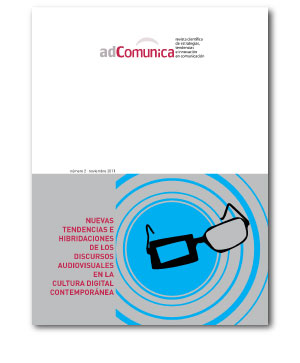The disappearance of the referent in digital art and its implications
Main Article Content
Abstract
Digital art again raises the question of the reference. From the origins of philosophy and theory, the referent and representation have been the two ends of the tension between them were discussed the issues of the nature of the imitation. Plato and Aristotle on the one hand, the Church, Peirce, Benjamin and many others have debated the capacity of the image to imitate reality. With the advent of the technological image, representation has been competing ever more with the reference, doing that slowly be replacing him. The indiciality –rather than the iconicity– is that the boundaries are becoming blurred increasingly. From the mid-1980s, the games between encountered images and purely iconographic images have begun to turn the reference into a possible substitute. In the last years of the 20th century, the digital image has come to play between reality and virtual reality, to the extent that several countries as United States made of this issue, in the field of the pedopornografy, a legal debate, accepting the idea of virtual crimes amounted to actual crimes. These debates do that every day more virtual reality will replace reality.
Downloads
Article Details
1. Política propuesta para Revistas que ofrecen Acceso Abierto
Los autores que publican en esta revista están de acuerdo con los siguientes términos:
- Los autores conservan los derechos de autor y garantizan a la revista el derecho de ser la primera publicación del trabajo al igual que licenciado bajo la licencia CC BY-SA, que permite a otros compartir el trabajo con un reconocimiento de la autoría del trabajo y la publicación inicial en esta revista.
- Los autores pueden establecer por separado acuerdos adicionales para la distribución no exclusiva de la versión de la obra publicada en la revista (por ejemplo, situarlo en un repositorio institucional o publicarlo en un libro), con un reconocimiento de su publicación inicial en esta revista.


